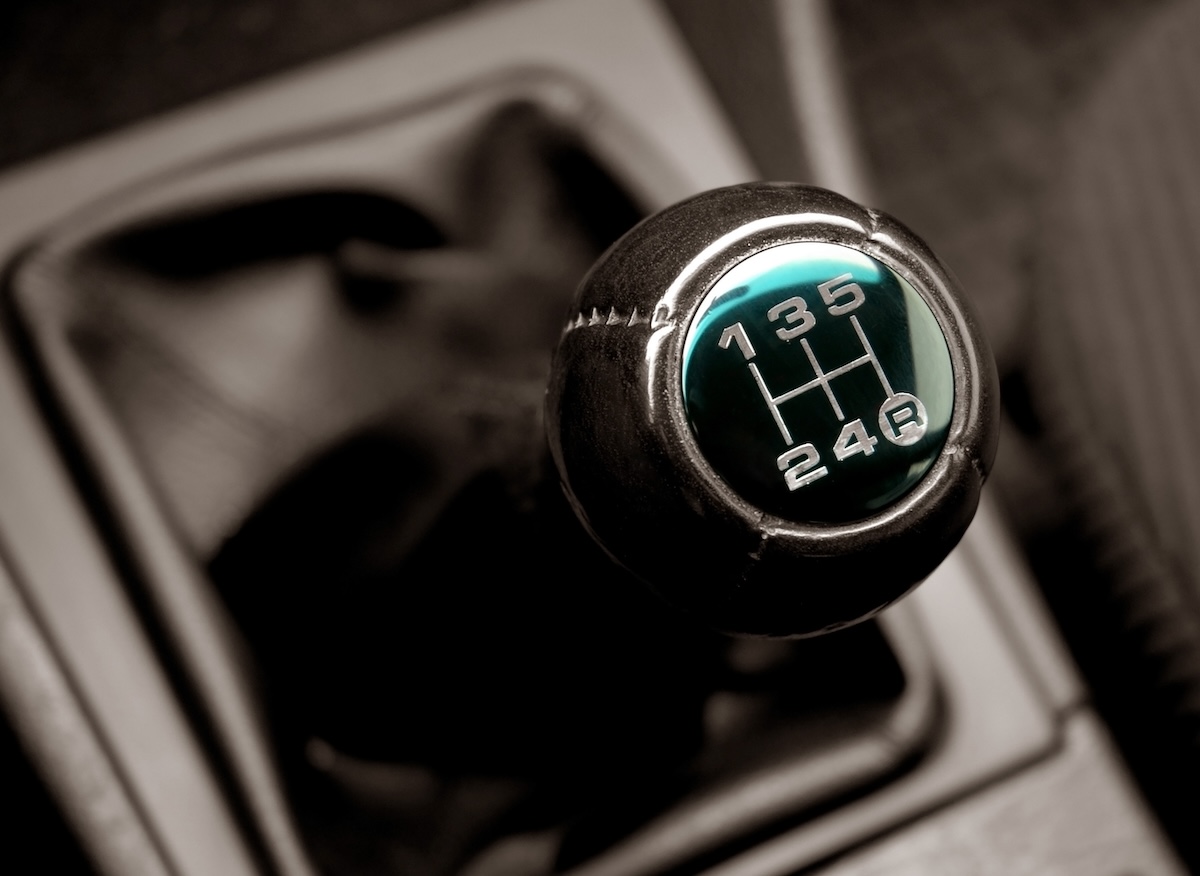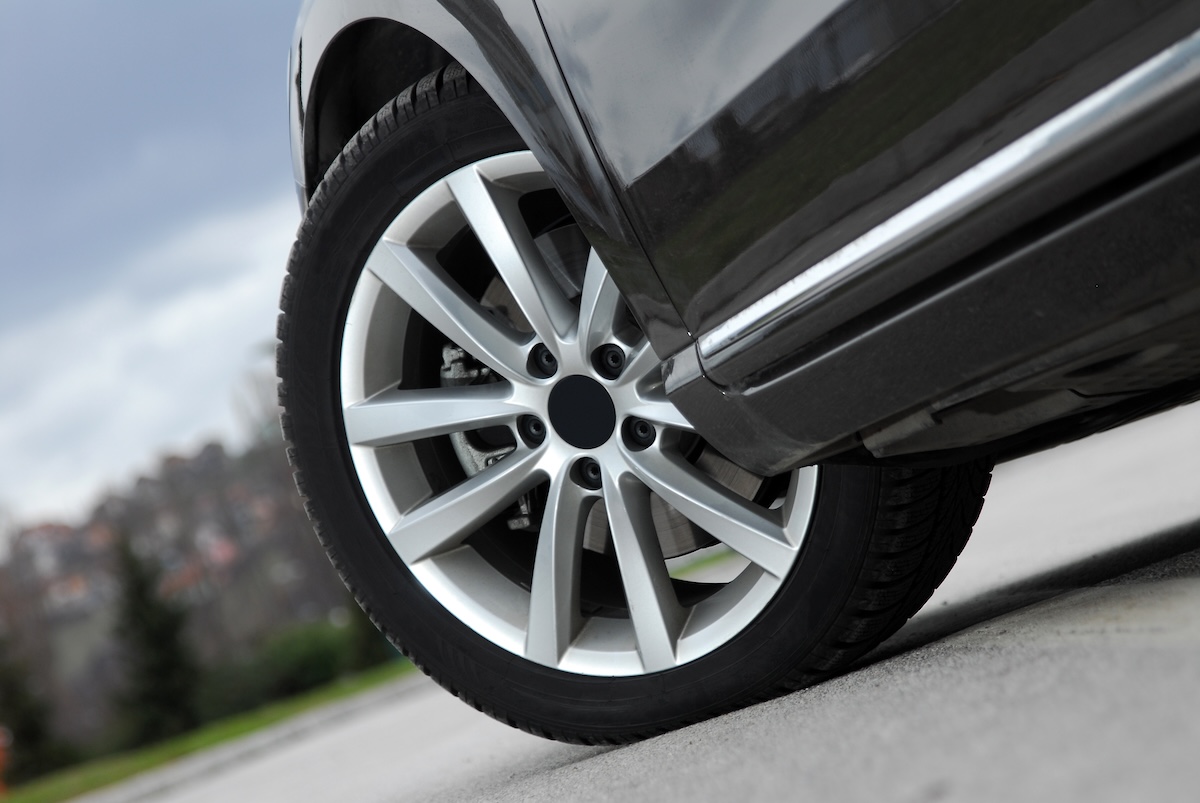Updated on: July 26, 2021
You've seen it on your dashboard and likely heard people talk about it, but what does RPM mean? Revolutions per minute (RPM) is an acronym describing a common scientific measurement that applies to many everyday devices. You'll see it on Blu-ray players, hard drives, and especially cars. In the automotive world, the abbreviation RPM refers to the engine's speed—that is, how many times it rotates in a single minute.
First, some basic understanding of how a car engine works: A car's engine ignites fuel in each cylinder. These combustion events force pistons up and down (or back and forth) within the cylinders. Cranks and connecting rods convert the movement of the pistons into the final rotational movement on the engine's crankshaft, which in turn drives the vehicle's wheels through a transmission. RPM measures the speed at which the pistons go up and down in their cylinders as the crankshaft makes a full rotation.
The Tachometer

Most vehicles plainly display an RPM readout to you via the tachometer. Not to be confused with the speedometer, the tachometer usually has digits that go from 0 to, say, 7, with "x 1,000" somewhere on the dial, and this is because you read RPM in thousands. If the needle is sitting on the 1, you're at 1,000 RPM. If the needle is pointing right between the 2 and the 3, you're at 2,500 RPM. Alternatively, some vehicles have fully digital tachometers that display the RPM in plain numbers and can be made to disappear when not needed.
If you've ever driven a manual-transmission car, you're probably well aware of the tachometer, as it is an important part in understanding engine speed and deciding when to shift gears. As you accelerate, the RPM climbs until you shift gears, at which point the RPM falls again. If you shift sooner into higher gear and keep the engine from reaching higher RPM ranges, you get better fuel economy. If you shift later and let the engine rev closer to the highest RPM allowable, you maximize acceleration at that moment. If you go too long without shifting, you'll enter the redline, which is a range on the tachometer that's often depicted with an actual red line. Most cars have a rev limiter, to prevent you from taking the engine past the redline and causing damage.
Automatic-transmission vehicles manage the shift points for you, using RPM to balance efficiency and smoothness with power demands. So, on an automatic car, the tachometer isn't strictly necessary. Still, it's fun to watch your RPM readout on the tachometer as you plan a passing maneuver or drive down a winding mountain road. Hybrids and electric cars, meanwhile, often omit the tachometer altogether in favor of more useful metrics.
RPMs and Power Figures, and Driving Characteristics

In principle, the higher the RPMs, the more power you get. So, revving the engine to its maximum speed will reap the most power, right? Not always. Engine power, measured in horsepower (hp), does not always peak at the top of the RPM range. When you read engine specifications, they almost always list a top horsepower figure, followed by the RPM where that peak occurs. You might see something like 295 hp at 6,600 RPM. For other engines that are turbocharged or supercharged, the peak horsepower occurs quite a bit lower, perhaps at 5,500 RPM. Torque, which is a measure in pounds-feet of how much twisting force an engine has, usually peaks at lower RPM than horsepower. Turbocharged and supercharged engines sometimes have a broad range at which that torque peak occurs, in which case you might see 258 lb-ft at 1,600-4,500 RPM.
These figures tell you a lot about the driving characteristics of a car. An engine that lets you access its peak horsepower and torque lower in the RPM range will feel more relaxed at low speeds, and the engine won't need to rev as fast (or scream as loudly) to access that power. You will also be able to remain in lower gears. Low-end torque is also desirable for vehicles like trucks, which may carry heavy payloads or tow large trailers. You want that pulling force accessible early on to get you and your payload moving. On the other hand, for some performance or enthusiast cars, outright speed is more important, and these will typically have high peak horsepower ratings at lofty RPM thresholds.


